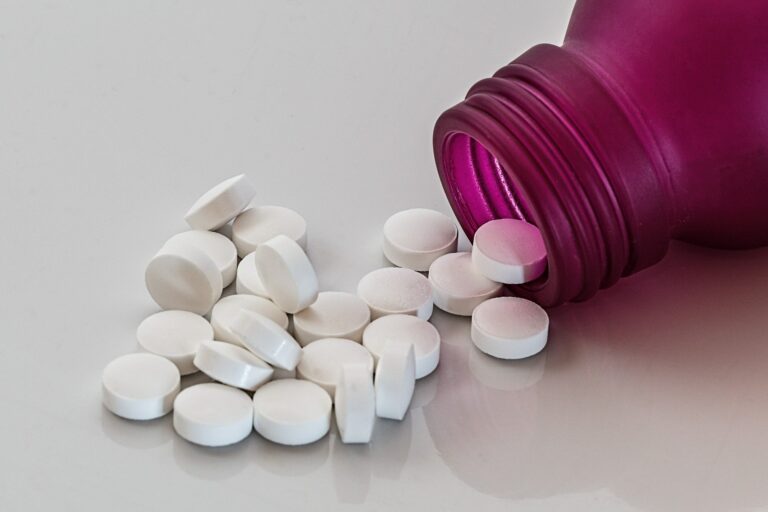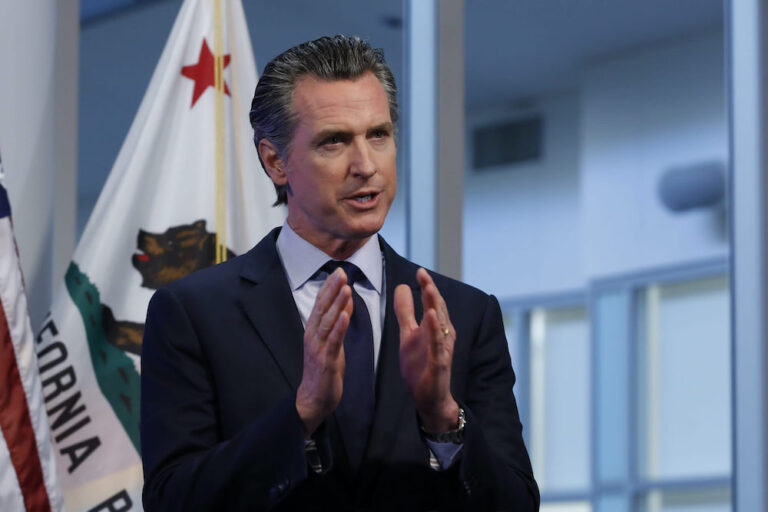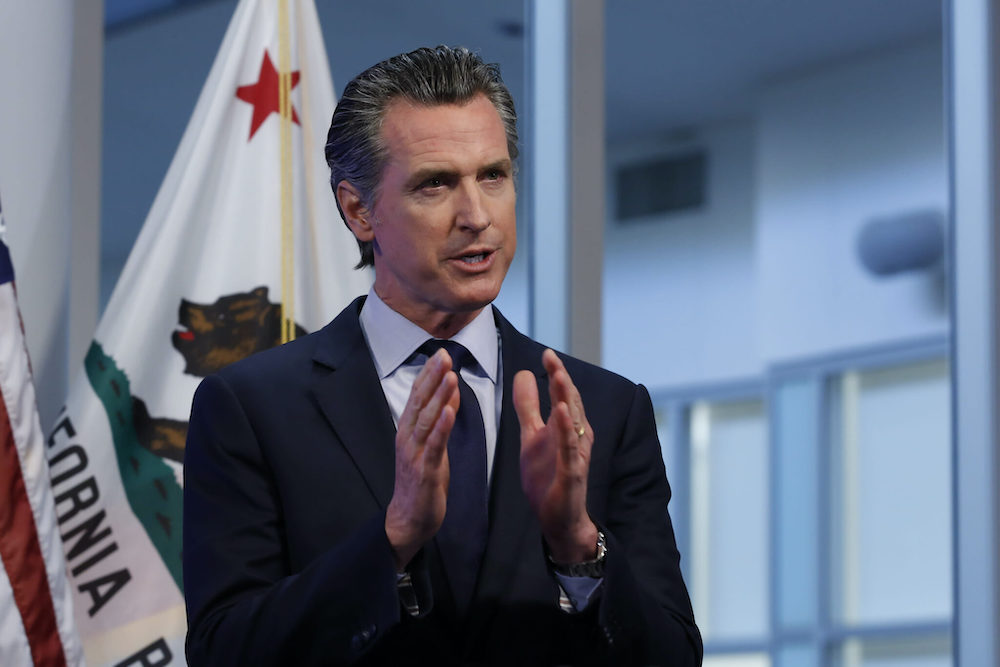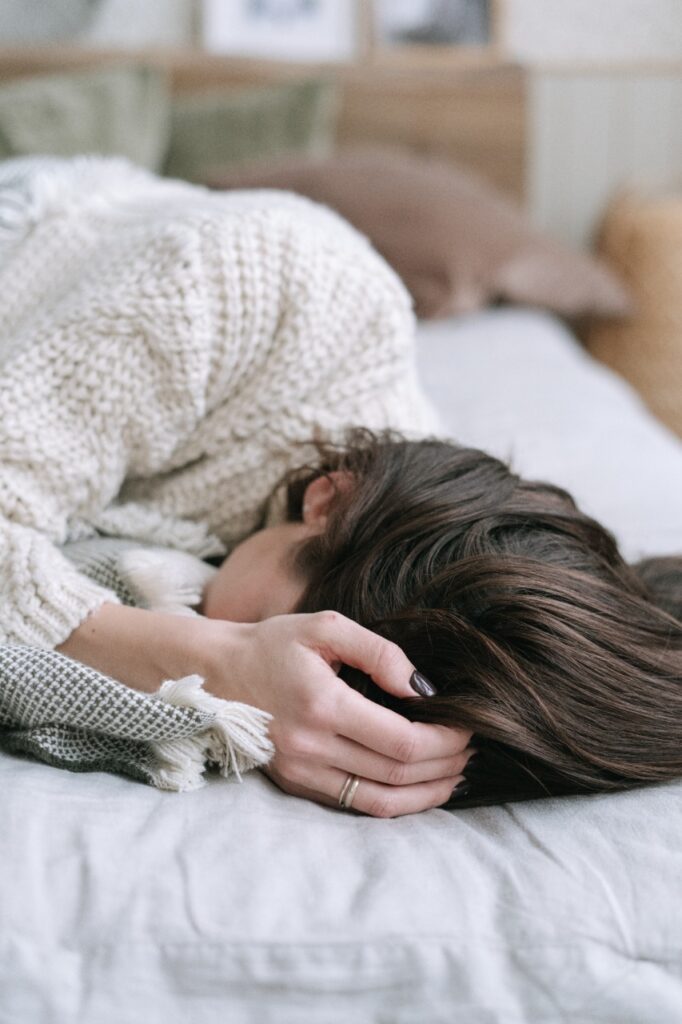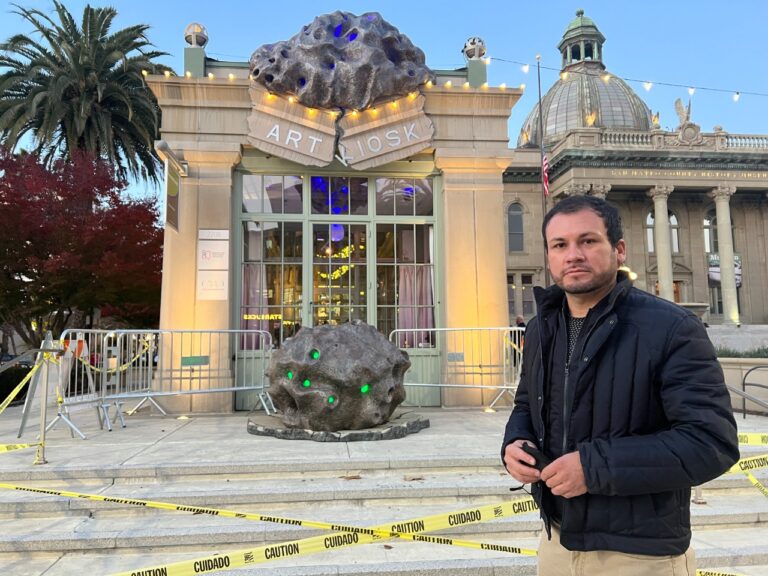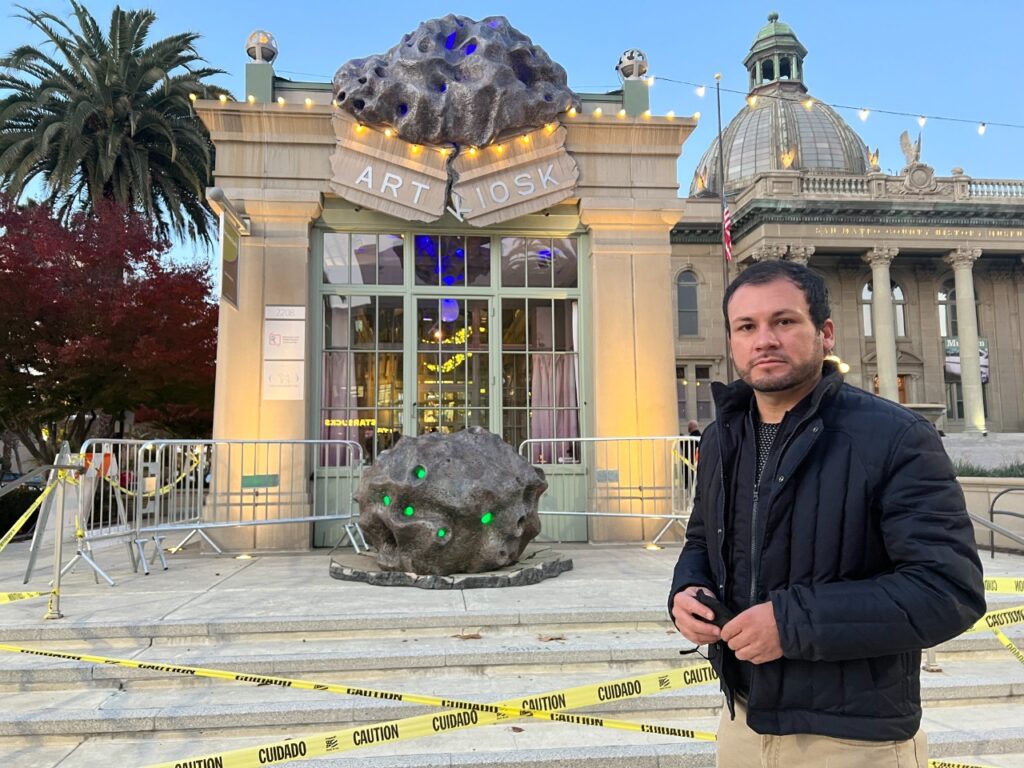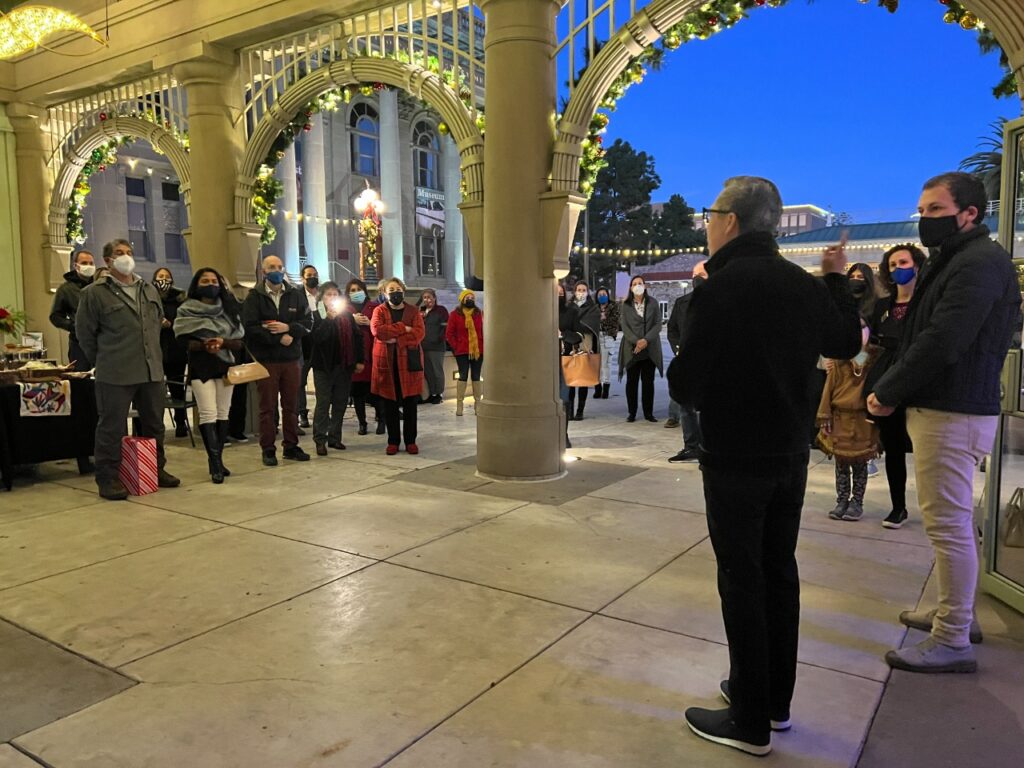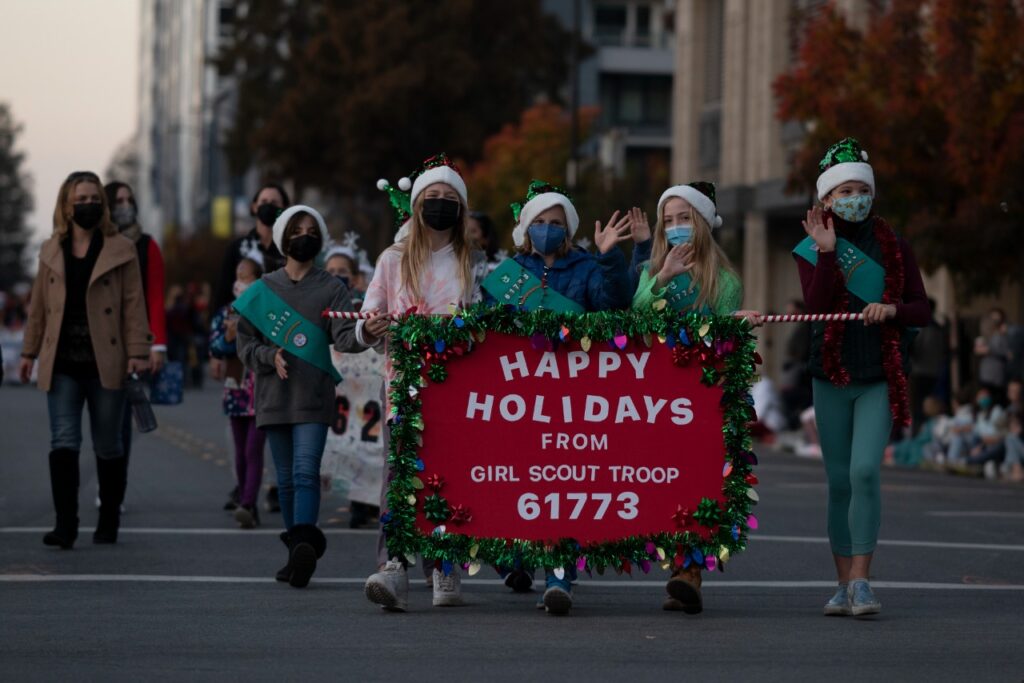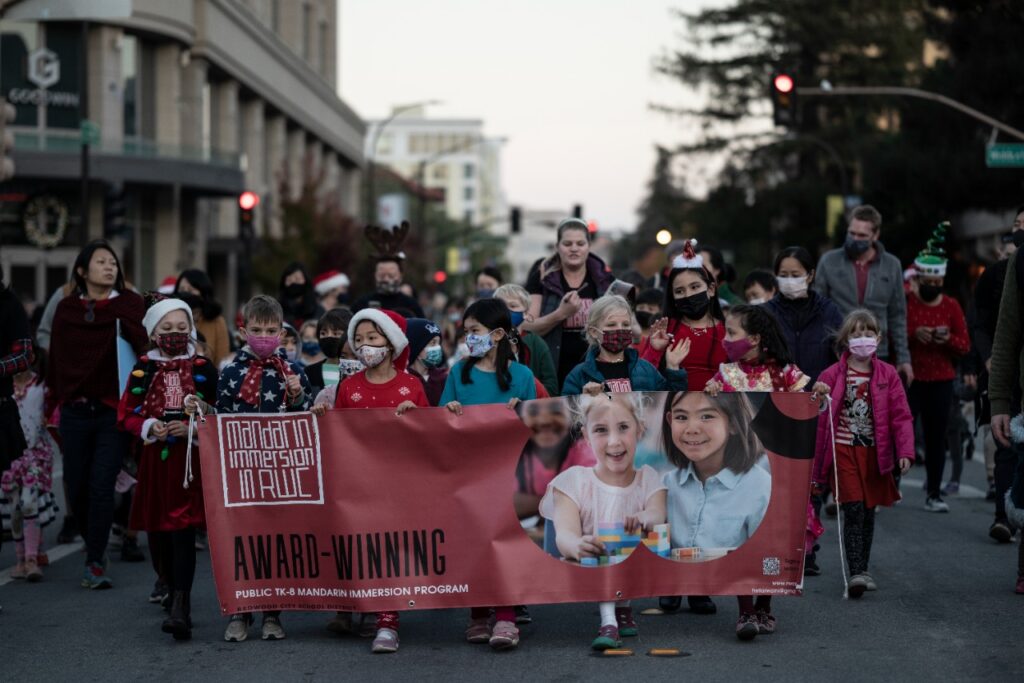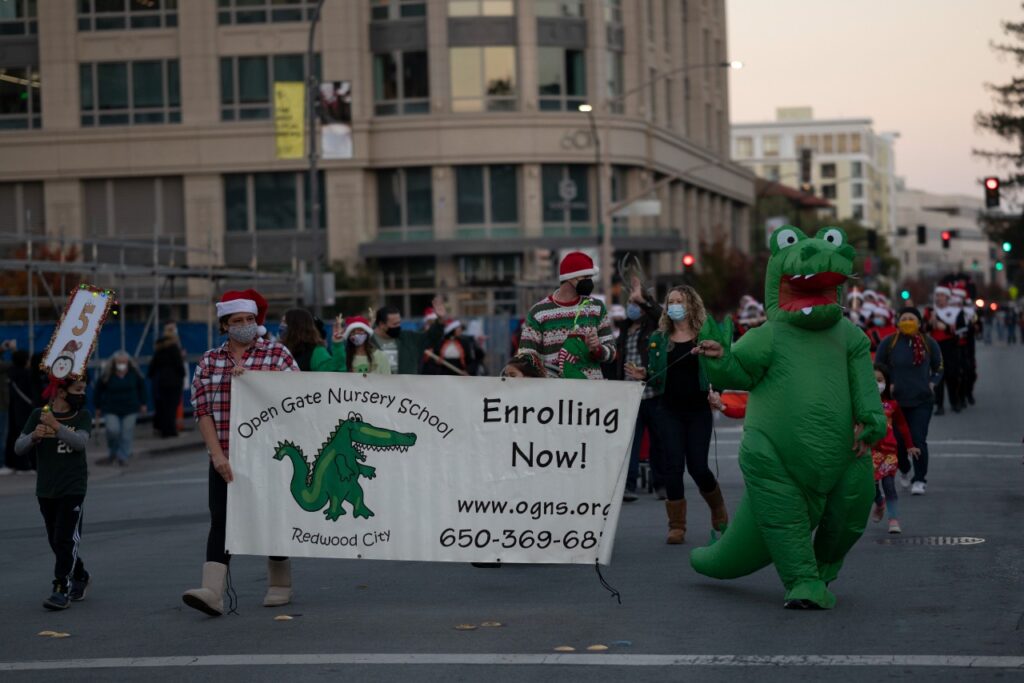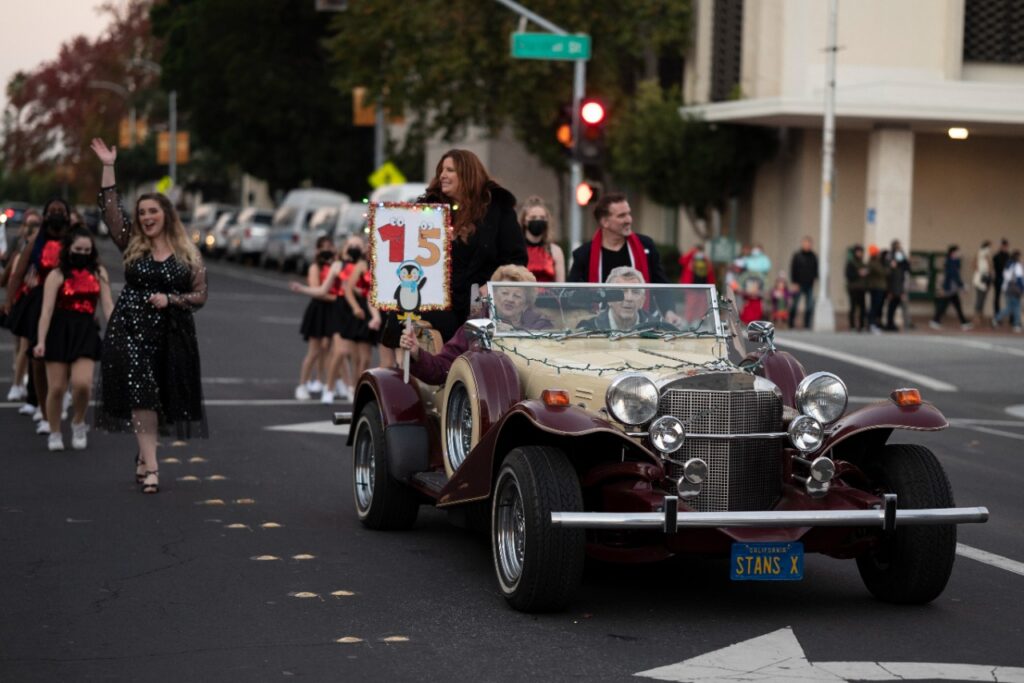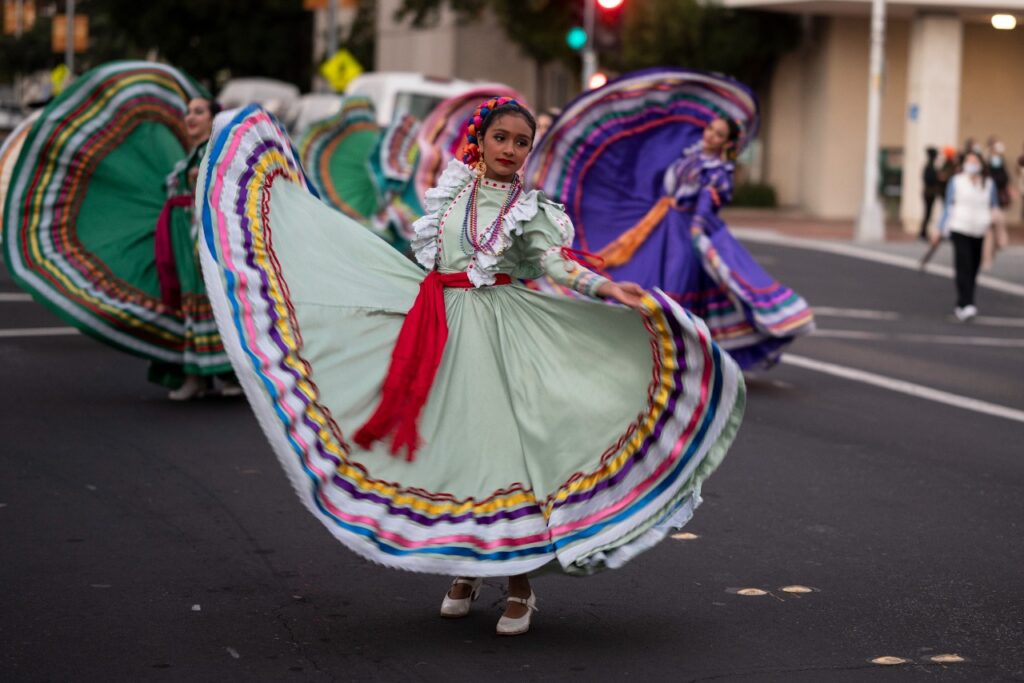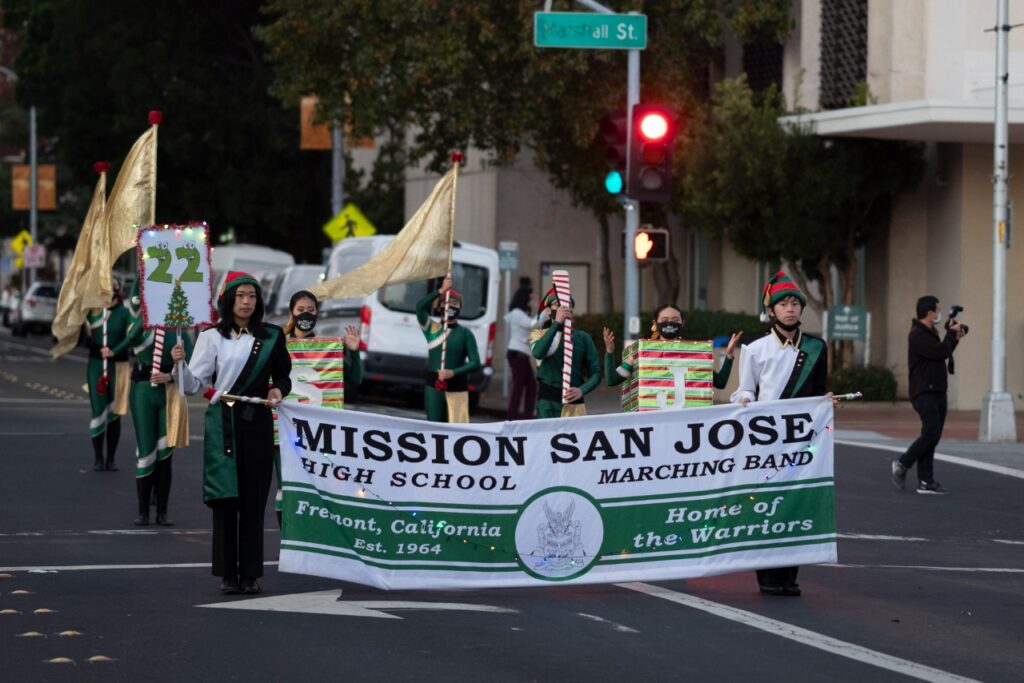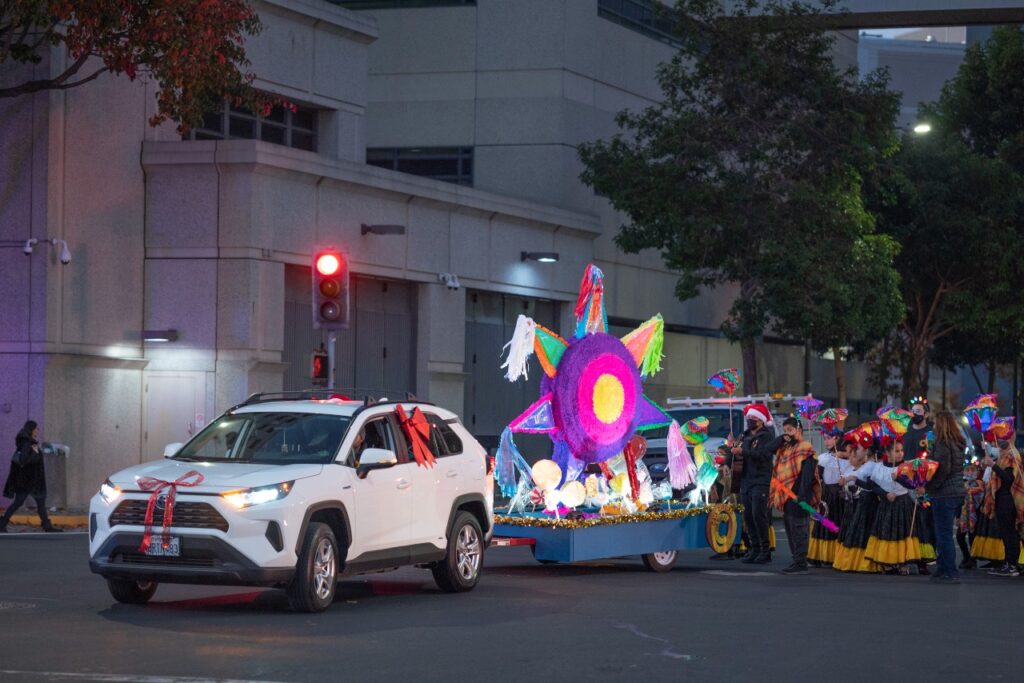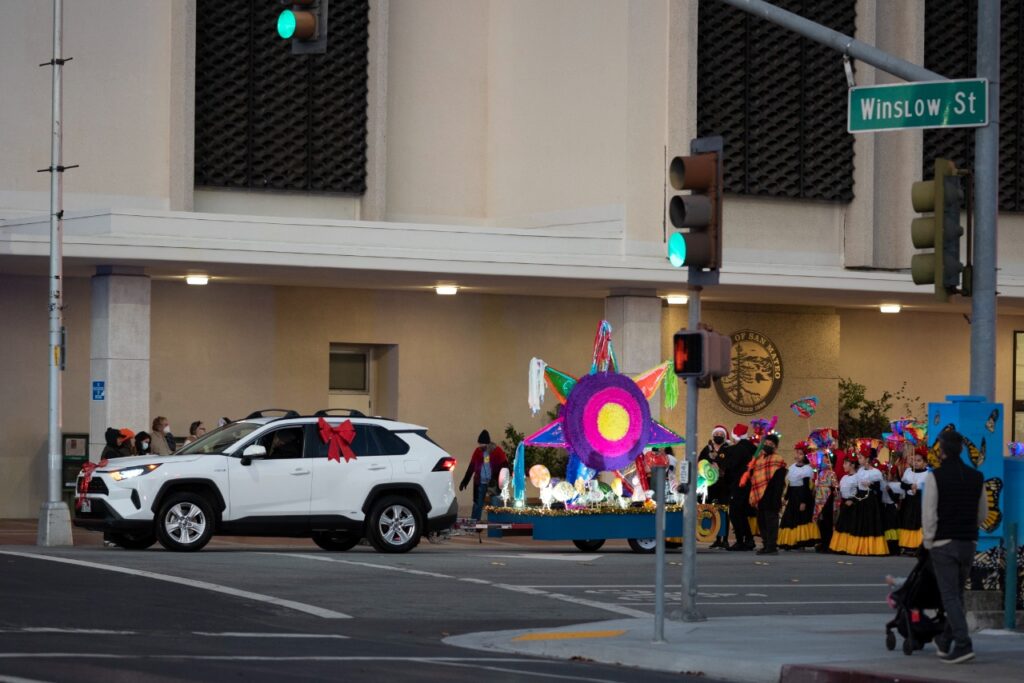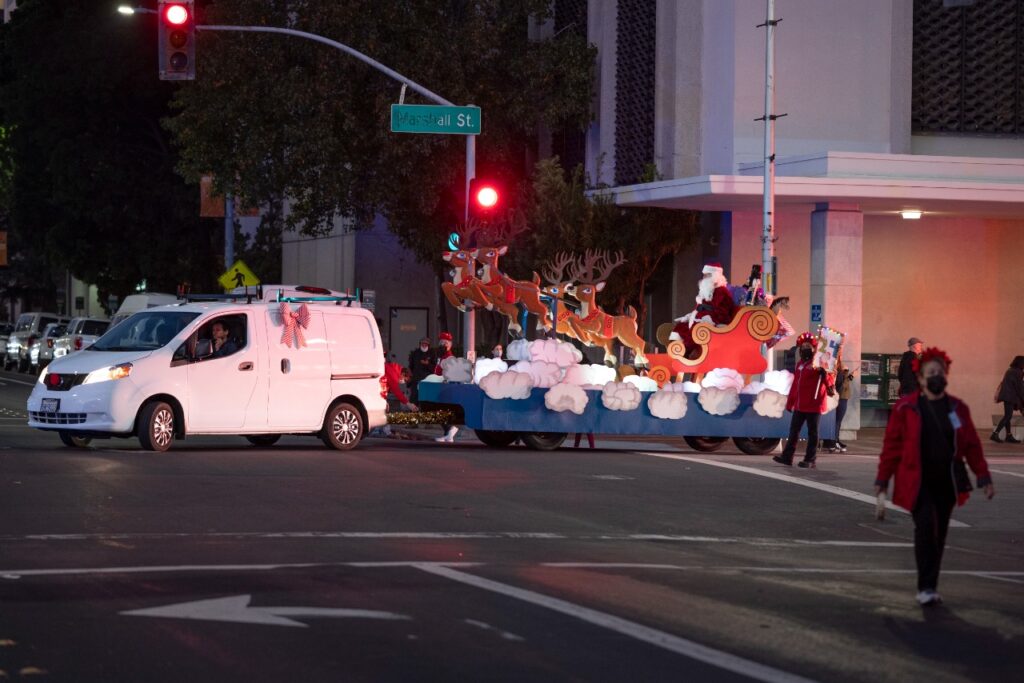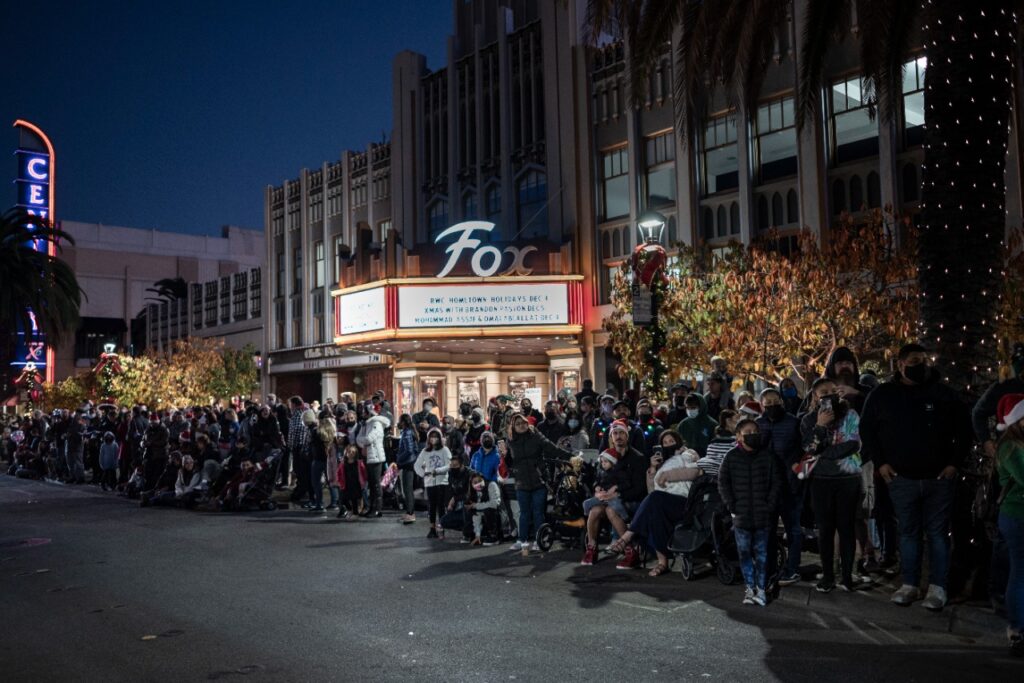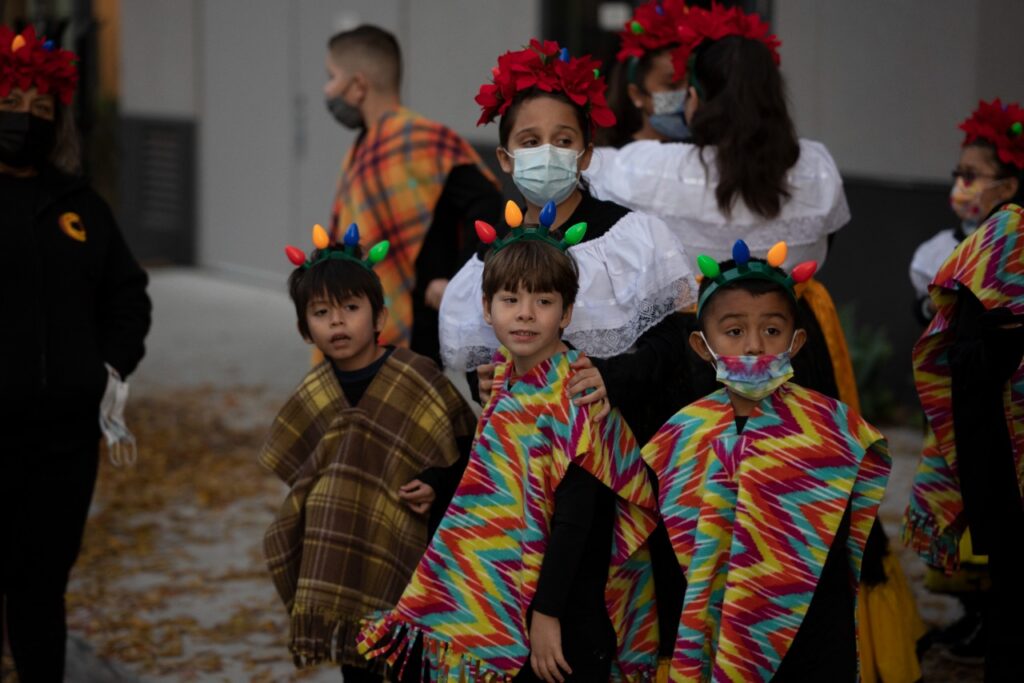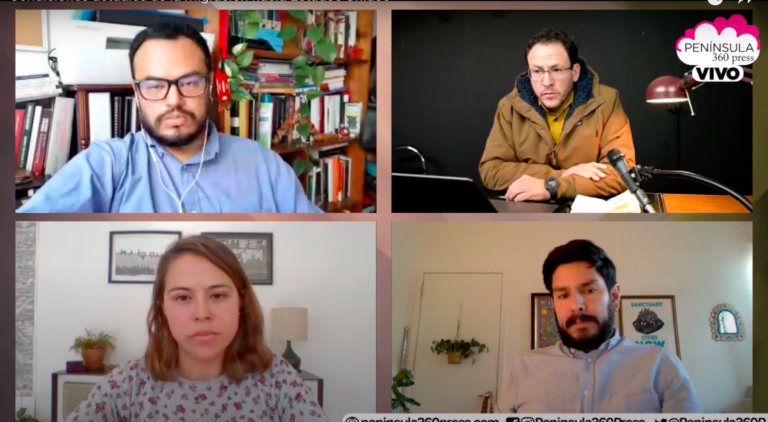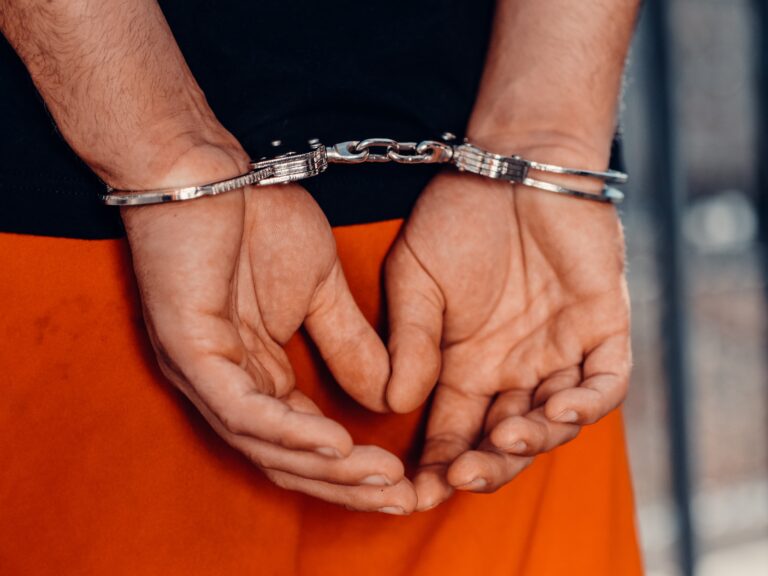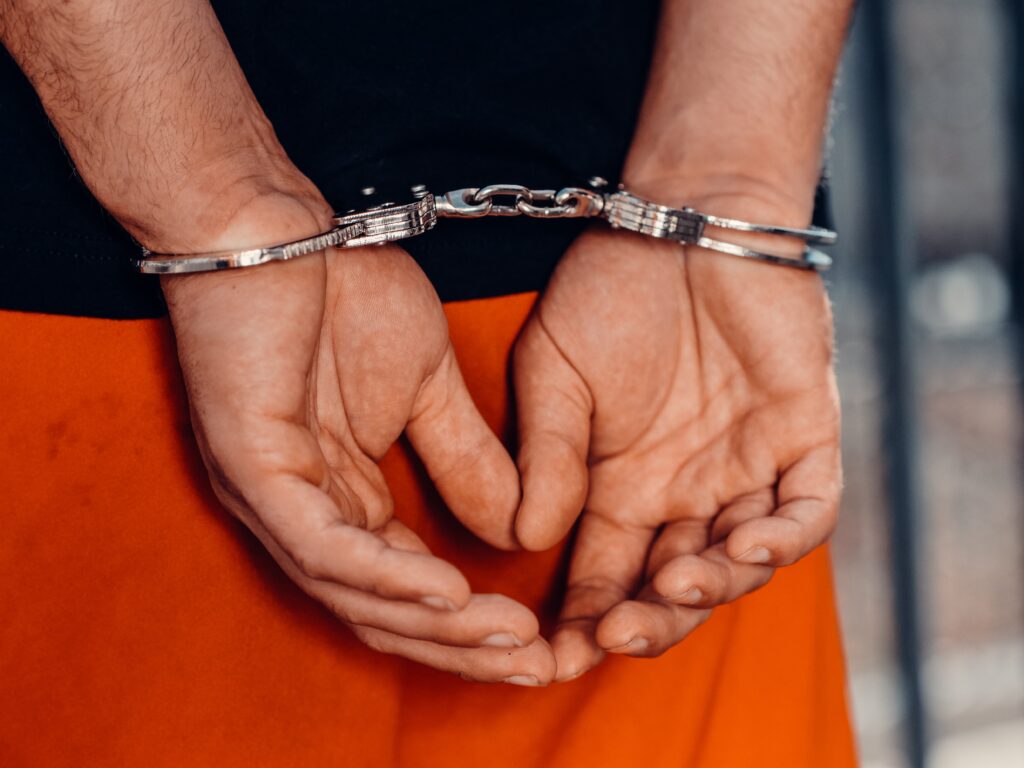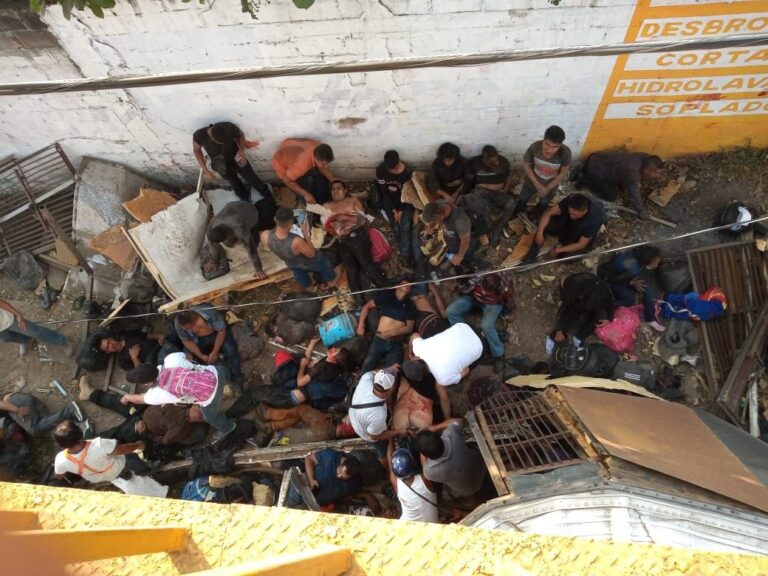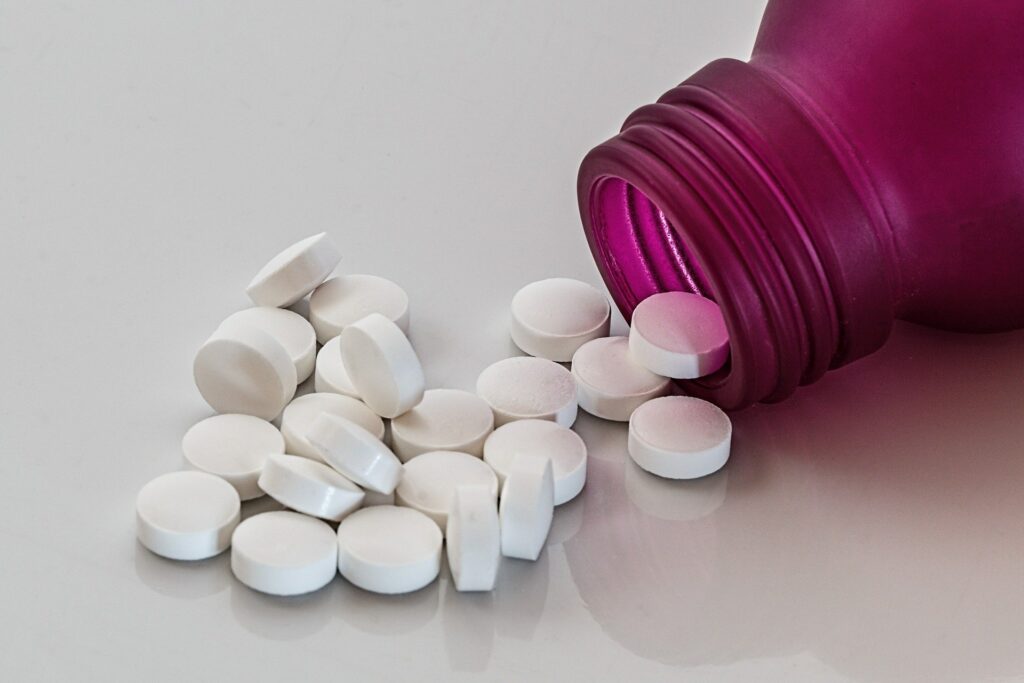
To Pamela Cruz. Peninsula 360 Press [P360P]
La farmacéutica Pfizer anunció este martes que su antiviral oral contra COVID-19, «Paxlovid», ayuda a prevenir síntomas graves de la enfermedad.
Reduce en hasta 89 por ciento el riesgo de hospitalización y muerte, al administrarse en los tres primeros días de sintomatología, y 88 por ciento en los primeros cinco días.
Los resultados son parte de la fase dos del estudio sobre este medicamento, el cual incluyó a dos mil 246 adultos, y cuyas conclusiones, dijo, son consistentes con el análisis intermedio anunciado en noviembre de 2021, por lo que han sido notificados a la Administración de Drogas y Alimentos de EE. UU. (FDA, por sus siglas en inglés) como parte de un trabajo continuo para la autorización de uso de emergencia.
«Esta noticia proporciona una mayor corroboración de que nuestro candidato antiviral oral, si se autoriza o aprueba, podría tener un impacto significativo en la vida de muchos, ya que los datos respaldan aún más la eficacia de PAXLOVID para reducir la hospitalización y la muerte, y muestran una disminución sustancial de la carga viral. Esto subraya el potencial del tratamiento para salvar la vida de pacientes en todo el mundo», dijo Albert Bourla, presidente y director ejecutivo de Pfizer.
A través de un comunicado emitido por la farmacéutica, detalló que las variantes emergentes de preocupación, como Ómicron, han incrementado la necesidad de opciones de tratamiento accesibles para quienes contraen el virus, «y estamos seguros de que, si se autoriza o aprueba, este tratamiento podría ser una herramienta fundamental para ayudar a sofocar la pandemia».
Pfizer destaca que 0.7 por ciento de los pacientes que recibieron Paxlovid ‒ compuesto por tabletas de nirmatrelvir y tabletas de ritonavir‒ fueron hospitalizados dentro de los 28 días posteriores al inicio del ensayo y ninguno murió. Sin embargo, 6.5 por ciento de aquellos que recibieron un placebo fueron hospitalizados o murieron.
Además, la farmacéutica publicó datos preliminares de un ensayo que analizó a personas con menor riesgo. Este grupo ‒662 voluntarios‒ incluyó a personas vacunadas que portaban un factor de riesgo de enfermedad grave, así como pacientes no vacunados sin factores de riesgo.
En ellos, precisó la compañía, Paxlovid redujo el riesgo de hospitalización y muerte en un 70 por ciento,
Pfizer también dijo que su píldora antiviral funcionó en estudios de laboratorio contra Ómicron, variante de preocupación que está aumentando en Sudáfrica y Europa y se espera que domine los casos en Estados Unidos en las próximas semanas.
Paxlovid es una terapia antiviral inhibidora de la proteasa del virus SARS-CoV-2 en investigación. Se desarrolló para administrarse por vía oral de modo que, si está autorizado o aprobado, se pueda recetar al primer signo de infección o al primer conocimiento de una exposición, lo que podría ayudar a los pacientes a evitar enfermedades graves ‒que pueden llevar a la hospitalización y la muerte‒ o evitar desarrollo de la enfermedad después del contacto con un miembro del hogar que contrae COVID-19.
La píldora está diseñada para bloquear la actividad de la proteasa SARS-CoV-2-3CL, una enzima que el coronavirus necesita para replicarse.
El nirmatrelvir, una de las pastillas que incluye el medicamento, ha demostrado una actividad antiviral constante contra las variantes de preocupación previamente identificadas, tal es el caso de alfa, beta, delta, gamma, lambda y mu; además de inhibir de forma potente a Ómicron, precisa el documento.
Si se autoriza o aprueba, PAXLOVID se administrará en una dosis de 300 microgramos ‒dos tabletas de 150 microgramos‒ de nirmatrelvir con una tableta de 100 microgramos de ritonavir, administrada dos veces al día durante cinco días.
Una caja contiene cinco blísteres de PAXLOVID, como comprimidos de nirmatrelvir coenvasados con comprimidos de ritonavir, que proporcionan todas las dosis necesarias para un curso de tratamiento completo de cinco días.
You may be interested in: Third dose of Pfizer vaccine effective against Omicron Variant

